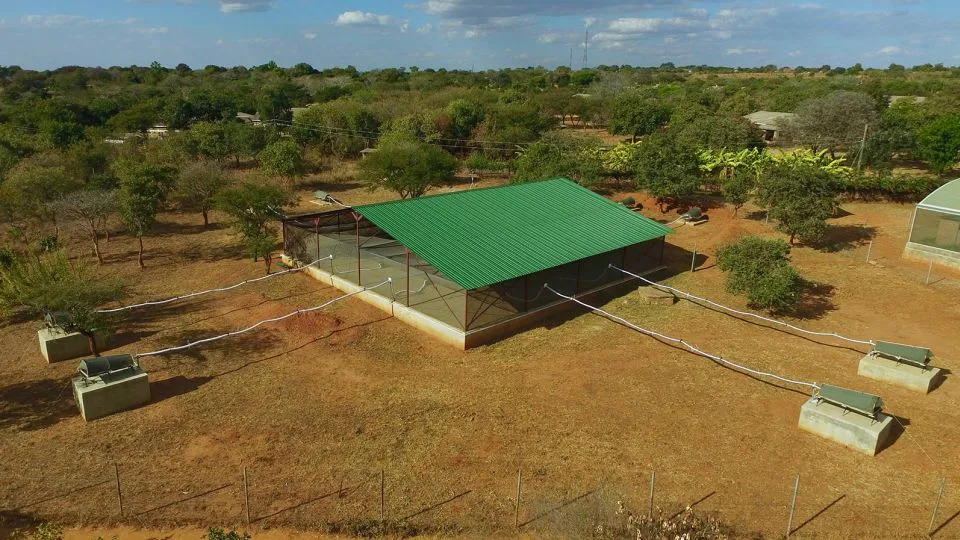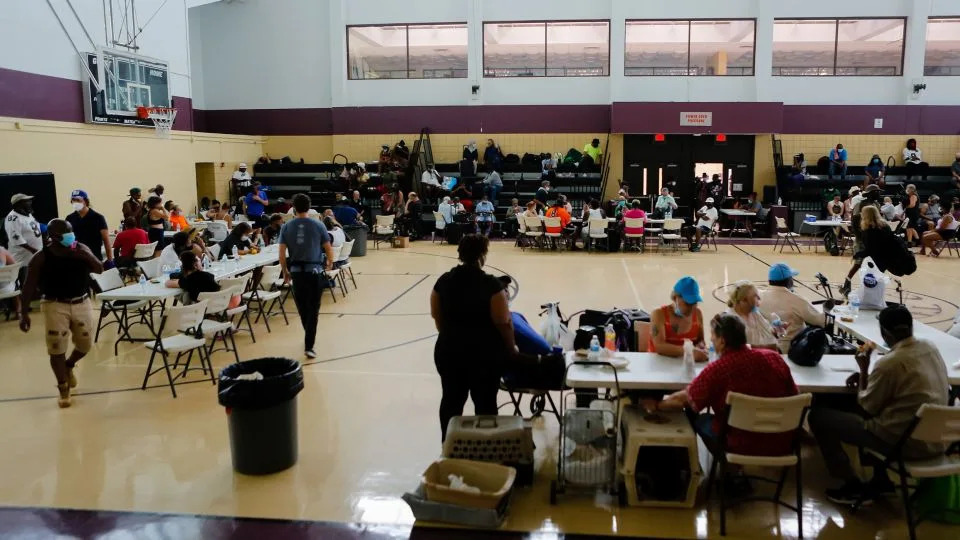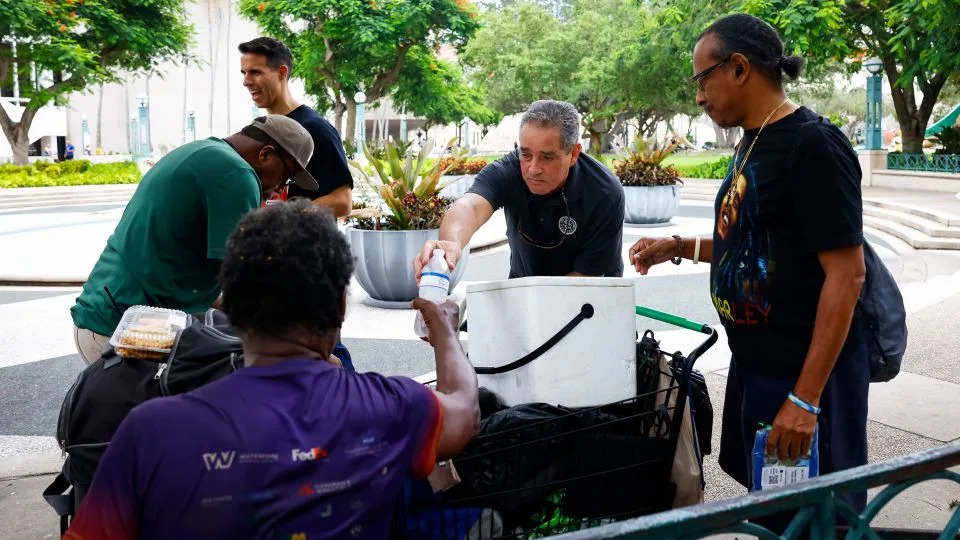The New York Times
These Voters Share Almost No Political Beliefs, but They Agree on One Thing: We’re Failing as a Nation
Ruth Igielnik – August 20, 2023
There are few things that Republicans and Democrats agree on. But one area where a significant share of each party finds common ground is a belief that the country is headed toward failure.
Overall, 37% of registered voters say the problems are so bad that we are in danger of failing as a nation, according to the latest New York Times/Siena College poll.
Fifty-six percent of Republicans and Republican-leaning independents said we are in danger of such failure. This kind of outlook is more common among voters whose party is out of power. But it’s also noteworthy that fatalists, as we might call them, span the political spectrum. Around 20% of Democrats and Democratic-leaning independents say they feel the same way.
Where they disagree is about what may have gotten us to this point.
Why Republicans say the U.S. is in danger of failing
Republican fatalists, much like Republican voters overall, overwhelmingly support former President Donald Trump. This group is largely older — two-thirds of Republicans older than 65 say the country is on the verge of failure — and less educated. They are also more likely than Republican voters overall to get their news from non-Fox conservative media sources like Newsmax or The Epoch Times.
Many of these gloomy Republicans see the Biden administration’s policies as pushing the country to the verge of collapse.
“Things are turning very communistic,” said Margo Creamer, 72, a Trump supporter from Southern California. “The first day Biden became president, he ripped up everything good that happened with Trump; he opened the border — let everyone and anyone in. It’s just insane.”
She added that there was only one way to reverse course: “In this next election if Trump doesn’t win, we’re going to fail as a nation.”
Many Republicans saw the pandemic, and the resulting economic impact, as playing a role in pushing the country toward failure.
“COVID gave everyone a wake-up call on what they can do to us as citizens,” said Dale Bowyer, a Republican in Fulton County, Indiana. “Keeping us in our houses, not being allowed to go to certain places, it was complete control over the United States of America. They think we’re idiots and we wouldn’t notice.”
Why Democrats say the U.S. is in danger of failing
While fewer Democrats see the country as nearing collapse, gender is the defining characteristic associated with this pessimistic outlook. Democratic and Republican women are more likely than their male counterparts to feel this way.
“I have never seen things as bleak or as precarious as they have been the last few years,” said Ann Rubio, a Democrat and funeral director in New York City. “Saying it’s a stolen election plus Jan. 6, it’s terrifying. Now we’re taking away a woman’s right to choose. I feel like I’m watching the wheels come off something.”
For many Democrats, specific issues — especially abortion — are driving their concern about the country’s direction.
Brandon Thompson, 37, a Democrat and veteran living in Tampa, Florida, expressed a litany of concerns about the state of the country: “The regressive laws being passed; women don’t have abortion access in half the country; gerrymandering and stripping people’s rights to vote — stuff like this is happening literally all over the country.
“If things continue to go this way, this young experiment, this young nation, is going to fall apart,” he said.
More than just on the wrong track
Pollsters have long asked a simple question to take the country’s temperature: Are things in the U.S. headed on the right track or are they off in the wrong direction?
Americans’ views on this question have become more polarized in recent years and are often closely tied to views of the party in power. So it is not surprising, for example, that currently 85% of Republicans said the country was on the wrong track, compared with 46% of Democrats. Those numbers are often the exact opposite when there’s a Republican in the White House.
Views on the country’s direction are also often closely linked to the economic environment. Currently, 65% of Americans say the country is headed in the wrong direction. That’s relatively high historically, although down from last summer when inflation was peaking and 77% of Americans said the country was headed in the wrong direction. At the height of the recession in 2008, 81% of Americans said the country was headed in the wrong direction.
What seems surprising, however, is the large share of voters who say we’re on the verge of breaking down as a nation.
“We’ve moved so far away from what this country was founded on,” said William Dickerson, a Republican from Linwood, North Carolina. “Society as a whole has become so self-aware that we’re infringing on people’s freedoms and the foundation of what makes America great.”
He added: “We tell people what they can and can’t do with their own property and we tell people that you’re wrong because you feel a certain way.”
Voters contacted for the Times/Siena survey were asked the “failing” question only if they already said things were headed in the wrong direction. And while this is the first time a question like this has been asked, the pessimistic responses still seem striking: Two-thirds of Republicans who said the country was headed in the wrong direction said things weren’t just bad — they were so bad that America was in danger of becoming a failed nation.
“Republicans have Trump and others in their party who have undermined their faith in the electoral system,” said Alia Braley, a researcher at Stanford’s Digital Economy Lab who studies attitudes toward democracy. “And if Republicans believe democracy is crumbling, it can become a self-fulfilling prophecy, in that they will stop behaving like citizens of a democracy.”
She added, “Democrats are often surprised to learn that Republicans are just as afraid as they are about the future of U.S. democracy, and maybe more so.”

















